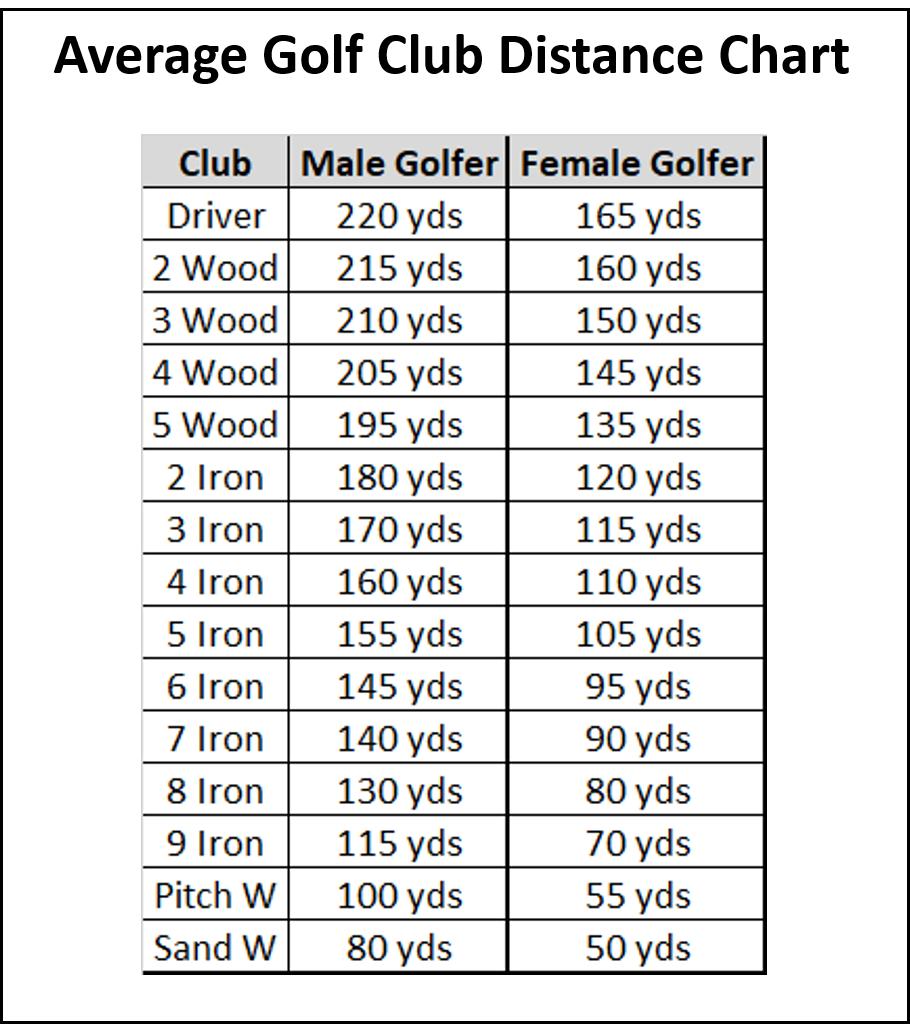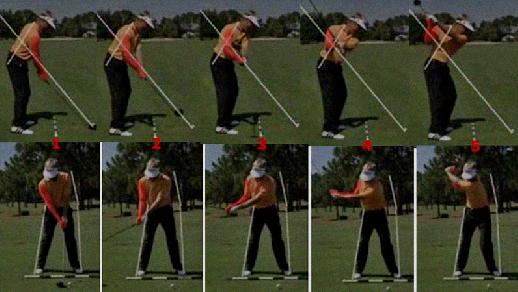
One of the most important components of a good golf swing is the release of the hands. This article will discuss how the hands influence the golf swing and how to position them during the downswing. This article will also discuss the effects of grip pressure, and how to achieve low takeaways using quiet hands. Here are a few things to try to improve your golf swing:
Golf swinging requires the hands to be released.
When attempting to hit a golf ball, the release of the hands is one of the most crucial components of the swing. As the clubhead moves around your hands in the downswing motion, your wrists must release to ensure a strong follow-through. A good ball-striker will also straighten their trailing right arm before making contact with the ball. Poor contact and inconsistent results will result from a premature release.
The natural rolling motion of the hands is another important part of the golf swing. Top golfers will typically have their top hand at the top of the grip during the backswing, while their bottom hand is closer to the target during the downswing. After impact, both hands will shift positions, allowing for a more powerful swing. A lower head position helps to increase the clubhead speed.

Positioning of the hands during the downswing
Most amateur golfers forget to use the upper body in the downswing. Their upper body is more important than their lower. This is a huge mistake that will cause a massive loss in power. The "speed arm" of the golf swing is the right arm. It transfers momentum from the backswing. The proper position of your hands in the downswing will ensure you square the club face before impact.
When executing a golf swing, it is crucial to position the hands properly during the downswing. This is the only direct connection between the club and the ball, so getting the hands out in front of the ball at impact is crucial. This will make your golf swing much more enjoyable. Keep reading to learn more about proper hand placement and how to make the most of this crucial part of your swing.
Influence of grip pressure on golf swing
Grip Pressure in Golf Swing: Your hands should be tightly gripped when you hold your golf club. This is the equivalent to the Goldilocks story with the three bears. Too loose grips can cause the club to twist when it's hit. And too tight grips will prevent you from properly swinging the club.
You can use this analogy to see how you would hold a bird to determine the grip pressure that your hands should be applying to a golf swing. It should be held securely enough to keep it in place, but not too loosely or too rigidly. A spotted owl egg is another example. It should be held delicately and you can also hold it with your hand. The toothpaste analogy can be used to visualize grip pressure.

Takeaway food at a reasonable price and with quiet hands
The fundamental aspect of a great golf swing is having quiet hands and a low takeaway. Some players mistake tempo for quiet hands. While tempo is important in the golf swing, it is not what is most important. What is important is the hands' performance in the swing, and how well they perform will determine the distance and accuracy of your shots.
When trying to get a low takeaway in your golf swing with quiet hands, the best place is the downswing. In this stage of the swing, the hands follow the arm and shoulders passively. This passive motion is the best way to get a low takeaway. Also, the angle of your wrist during the backswing can be determined by your hands.
FAQ
How is golf played
Golf is played 18 holes on a course. The Rules of Golf govern the game.
The first stroke is taken behind a designated teeing area. Players take turns hitting the balls into holes placed at various distances throughout the course. Each hole has a number of strokes that are determined by its distance from the teeing zone.
There are three main types used in golf:
-
A drive shot involves players using clubs to hit and extend the ball. This type of shot is often considered the most important.
-
Players must aim for the ball in a specific area of the hole when they attempt an approach shot.
-
A putt is a game where players attempt to drop the ball into a cup by rolling it along on the ground.
Each hole must be completed by the player who has put all his/her putts in. A player who fails to complete each hole by sinking all his/her own putts loses one stroke.
You can also play with a partner, caddy, or someone who will hold the club and carry it during a round. The caddie has no influence on the outcome of the match, but they can give advice about strategy or etiquette.
How is golf scored?
The scorecard is divided into four different categories: Stroke Play, Par 3, Par 4, and Par 5. Each category is further broken into strokes. To attain par, a golfer must play 18 holes (Par72).
The lowest score wins.
How can I improve the game of golf?
There are many methods to improve your ability to play golf. One option is to join a golf club. A club can help you meet other golfers, and teach you new techniques.
You could also invest in equipment like clubs and balls. These items can help you improve your game.
The last option is to read books on golf. Reading about the game will give you a deeper understanding of its rules and regulations.
Statistics
- Buying a set of Titleist or Taylor-Made irons for nearly $1,000 is simply not necessary and likely a waste of money. (golficity.com)
- In the United States, women made up 25 percent of golfers in 2021, which was up from 19 percent in 2011, and junior female golfers account for 35 percent or 1.1 million golfers.[50] (en.wikipedia.org)
- They do this by means of assessing and rating courses according to the average good score of a "bogey golfer," a player with a handicap of around 20. (en.wikipedia.org)
- Professional golfers typically make between 60% and 70% of greens in regulation. (en.wikipedia.org)
External Links
How To
How to Get the Perfect Bunker Shot
A bunker shot, a type or golf shot that aims at a particular spot on the green (the holes) to ensure your ball hits the ground without bouncing off of the surface, is one example. This is done by taking advantage of the slope of the green. The idea is to get the ball into the most direct path possible towards the hole.
The best way to reach your target point when playing golf is to find the best line. It is important to consider factors like distance to the target, terrain type, whether the ball has to bounce off of the ground or fly straight and weather conditions.
To achieve a perfect bunker shot, you must first understand its physics. First, decide if you're going uphill and downhill. You will need a drawing club if you are going uphill. You will need to swing with a fade if your face is downhill. Next, calculate how fast you must move your body to stop it from bouncing off green. This is done by measuring how far the ball is from you and which direction it is going. Next, determine the dimensions of the bunker you want to aim at.
Once you know these things, you are ready to start swinging. The ball should travel as far as possible past the clubhead, while you must swing slowly enough to keep it from hitting the green. Once you've established the best speed and trajectory, it is time to start your approach. Slowly approach and touch the ball so that you can see the landing spot. Before you release the ball, take a final look at it. You should have a perfect bunker shot if everything goes according to plan.